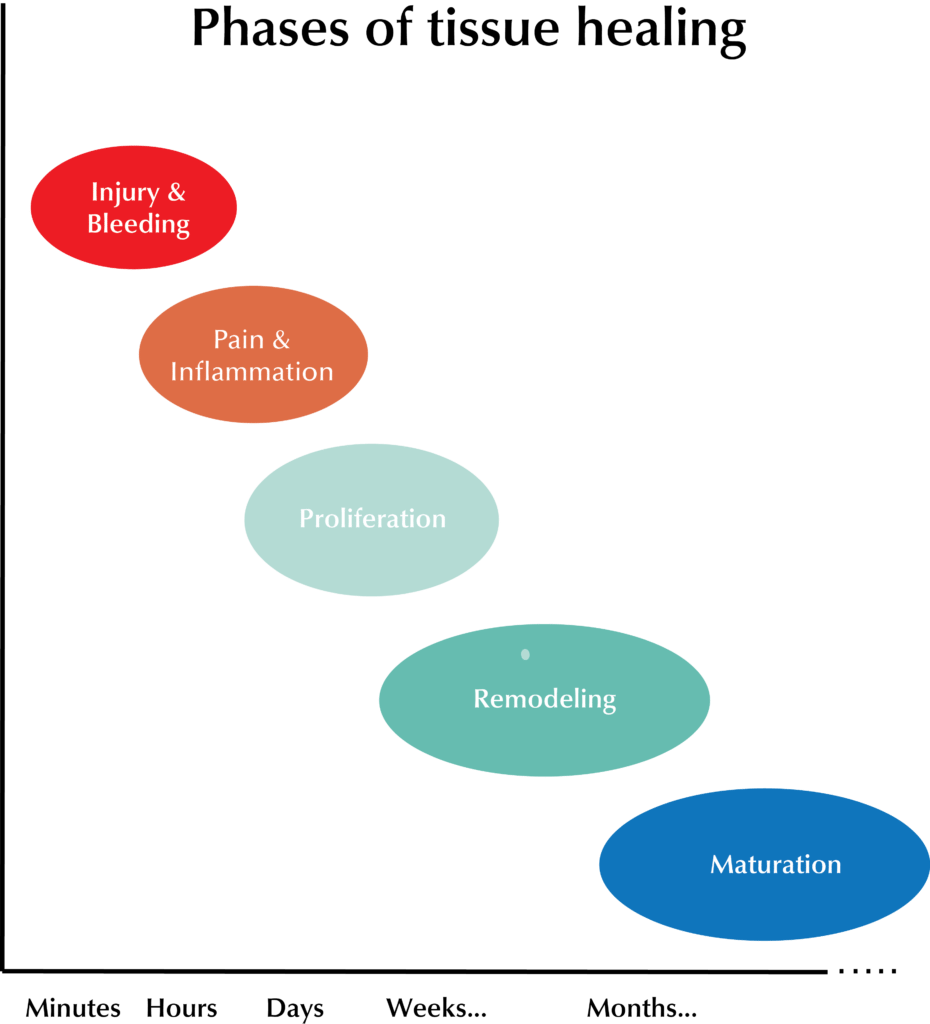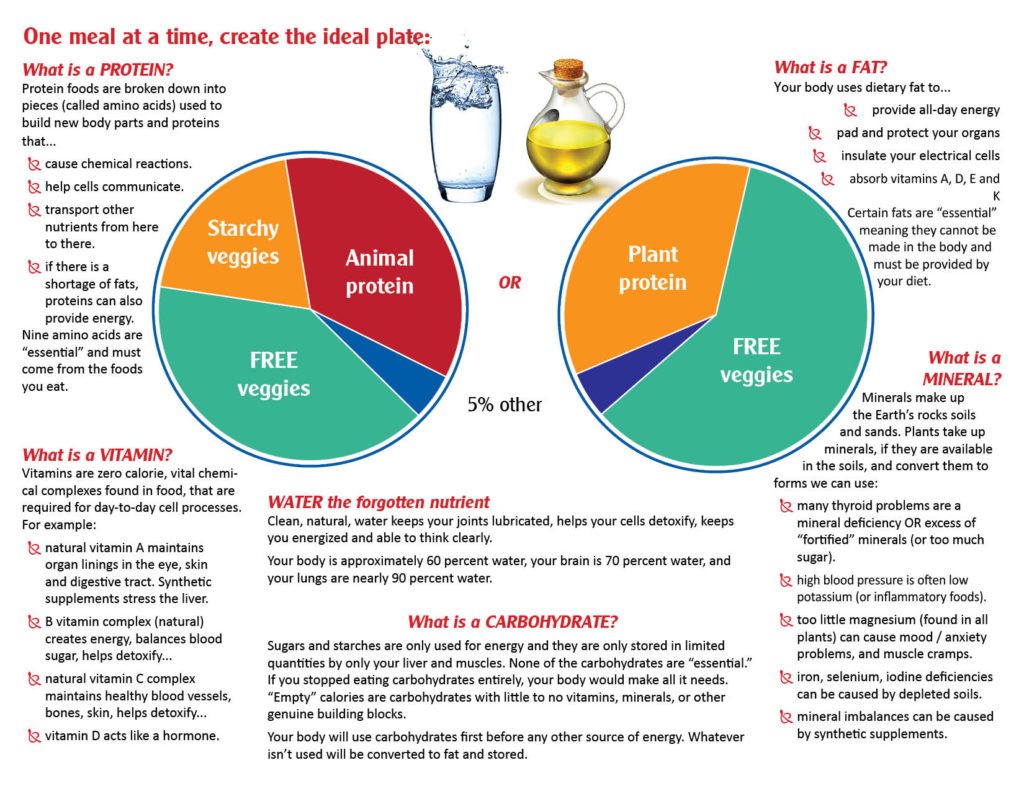Build the perfect healthy plate
Put out the inflammatory fire

What is inflammation anyway?
After you are injured—whether it’s a sprain or bruise, injury from chemical exposure, attack by a virus, irritation from anti-food—each and every small or large injury starts the body’s complex healing sequence.
What should happen is this:
Inflammation: blood vessels clot, fluids flood the injured area (swelling) bringing white blood cells, growth factors, nutrients, and other tools to remove the damaged cells. You feel tired, usually some pain and discomfort, you might even run a fever. Your body is telling you to give it a rest and let it heal.
Proliferation: Once the fire has been put out and the injured cells/areas cleaned up, next your body starts to “rebuild.” You make new healthy cells and connective tissue; you repair and grow new blood vessels. At this step, the rebuilding has just begun.
Remodeling & Maturation: the longest phases; the body now restructures what was “roughed in” leaving a more mature, properly rebuilt, organ or area. This can take months…
Each of these steps needs a variety of nutrients
Most of us are over fed yet under nourished
Calories are not nutrients. Stop counting calories…
Emphasizing calories is misguided; focus on your food’s nutritional value.
Calories: a measure of energy in food. The amount of energy, or even sugar, in an Apple may be equal to a Lollipop. BUT the nutrition and effects on the body are NOT equal.
Nutrient: these are your genuine building blocks.
- Nourishing, real nutrients maintain your life force and health.
- Genuine building blocks become new parts for cells, are made into hormones and other molecules, help your body clean itself out and defend from foreign invaders.
- If the are “essential,” that means they must be obtained through the food we eat.
…Count nutrients
Your body needs real vitamins and minerals, in small amounts, for millions of everyday functions. When you are growing, maintaining, recovering from injury or illness… all stages of your life depend on having the right genuine building blocks.
You were not designed to take synthetic supplements BUT you were taught to do so. Isolated vitamin analogs (analog—similar, comparable, not the same) are added giving us “fortified” foods marketed to you as more nutritious (e.g. you get the “goodness of grains” with riboflavin, iron, thiamin and folic acid—plus a big dose of sugar.) Should we be replacing real whole food with boxes of fortified calories?
In research, it’s easier to add or remove one single thing, see what it does. But that’s not how our bodies work. Vitamins work in balanced complexes—the hundreds found in whole foods or concentrated into whole food supplements all work together. Isolated vitamins don’t work very well, much higher doses are needed to create an effect. Not respecting their partnerships creates imbalances, deficiencies, and symptoms.
What’s there to eat? Here are some guidelines. Just remember, start with one meal at a time; perhaps lunch. Make that your new normal, then work on another set of meals. Next week you get more tools.

“Free” veggies are non-starchy. They are the highest in nutrients but the lowest in calories.
Reverse inflammation with balanced, whole, foods.
Start with these...
FREE Vegetables—Target 5-9 servings per day:
Artichokes
Asparagus
Bean sprouts
Beets
Bell peppers
Broccoli
Brussels sprouts
Cabbages
Carrots
Cauliflower
Celeriac (Celery root)
Celery
Chives
Cucumbers
Eggplant
Garlic
Green beans
Greens (salad greens: beet greens, chicory, endive, lettuce, spinach, watercress—
Greens (cooking greens: beet greens, bok choy, chard, collards, mustard greens, spinach…)
Green onions
Kale
Kohlrabi
Leeks
Mushrooms
Okra
Onions
Parlsey
Radishes
Rutabagas
Summer squash
Tomatoes
STARCHY Vegetables—Enjoy 1½ cups daily:
Green peas
Dried beans
Lentils
Lima beans
Parsnips
Peas
Plantains
Potatoes (red, gold, purple… NO Russets)
Pumpkin
Sweet potatoes
Turnips
Yams
Winter squash
FRUIT—Limit ½ cup per day:
Green apples
Berries
Cherries
Kiwi
Papaya
Peaches
Pears
Plums
Please avoid high-sugar/low nutrient, extremely commercialized fruits like bananas, oranges, pineapple…
PROTEIN—Strive for 1½ cups per day (pastured, free range or wild):
Cold water fish (tuna, salmon, halibut, cod, anchovies, mackeral…)
Red meat (grass fed)
Wild game (any and all)
Shellfish (wild; farmed are full of chemicals)
Eggs (from pastured hens only)
Fowl: chicken, turkey, duck… (pastured only)
PLANT PROTEIN—whole seeds (grains, pseudograins, nuts) have no Vitamin B12, carnitine and other essential nutrients:
Nuts are nearly 50% protein and 50% starch
Chia seeds
Flax seeds
Almonds
Brazil nuts
Cashews
Pistachios
Legumes (beans) are 25-70% starch
Mung or adzuki beans are highest in protein
99% of US soy is GMO
Small beans have more protein than large beans (always soak beans overnight)
At best grains might contribute 10% of their calories as protein; the rest is starch.
Note: nutrients rapidly degrade after grains are milled
SOURCES OF HEALTHY FATS—Yes, you need some fats…
Avocados & oil
Butter (pastured)
Cold water fish
Coconut oil
Olive oil
Olives
8-10 glasses of fresh, clean, water daily. What water is best?
Read this article.
You can survive three times longer without food as you can without sleep. Sleep is an active period.
8 hours gives you:
Restored mental energy
Knowledge by processing your experiences
Restored hormones
Nutrients delivered
Repaired and restored cells
Boosted immune system
Better coordination
Younger, smoother skin
Improved muscle tone
Youth
This week was big on information—I hope not too much. Look over your Food & Mood log you’ve been keeping:
How many deserts or sugar sweetened beverages did you start with? Which ones can you decrease or skip?
How many meals include “Free” veggies? Where can you add more?
Next week we keep making these two changes while learning how to plan and get our family on board. But first, please send your feedback…
